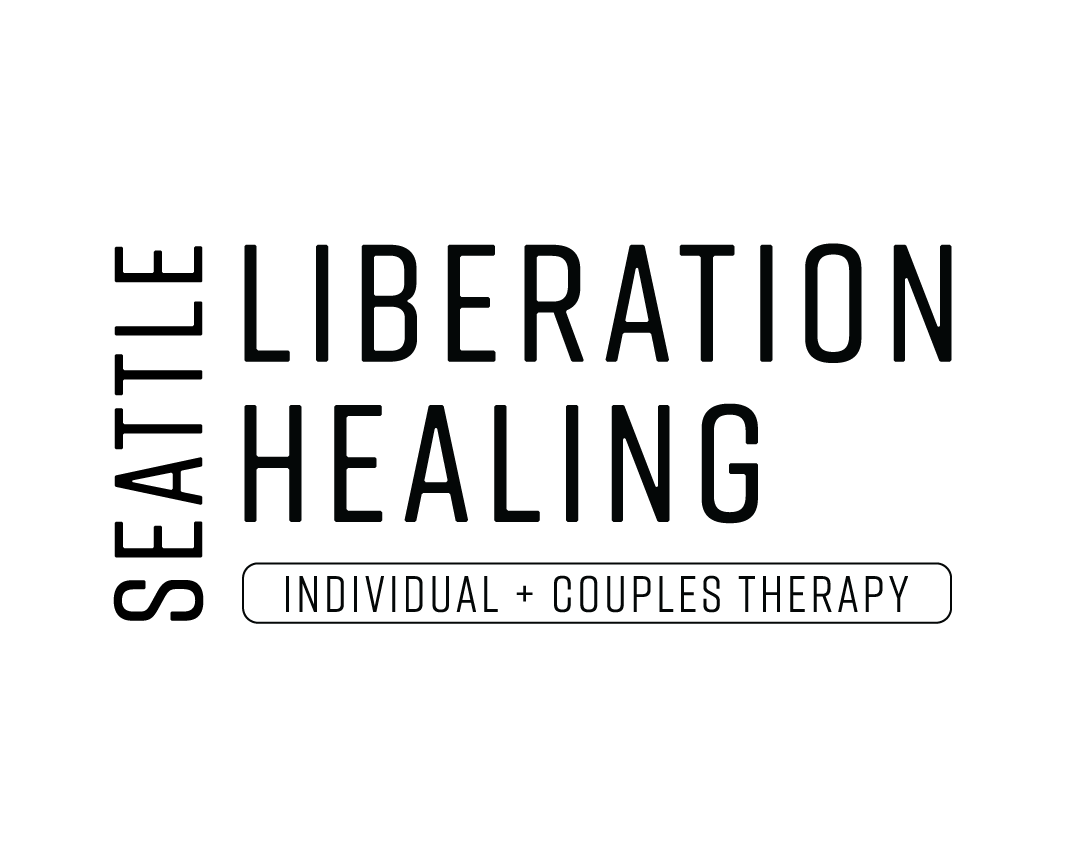How To Support Someone With Childhood Trauma
Educate Yourself On Childhood Trauma
Learn about childhood trauma and neglect and how it impacts individuals (their personality, identity, ability to trust, ability to maintain intimate relationships, etc.)
You can read and understanding the following by Googling the following terms/phrases/theories:
Adult attachment styles and trauma
Negative core beliefs and trauma
The learning brain vs. the trauma brain
The relationship between trauma and sleep
Trauma repetition/compulsion
Childhood emotional neglect
Childhood abuse
Listen To Understand
Most people listen to interrupt, make it about themselves, make it about someone else, compare, judge, criticize, solicit advice, make their own point, etc.
Try to practice active listening. Active listening is listening to the person in the present moment to understand them, their thoughts, their feelings, and their unique experience.
A helpful acronym is WAIT or Why am I talking?
Another helpful acronym is WAIST or Why am I still talking?
Validate
Validation
There are 6 levels of validation
Level One: Stay Awake and Pay Attention.
Level Two: Accurate Reflection.
Level Three: Stating What Hasn't Been Said Out Loud (“the unarticulated”)
Level Four: Validating Using Past History or Biology.
Level Five: Normalizing.
Level Six: Radical Genuineness.
Read more here
Be Patient
Recovery takes time
Recovery doesn’t happen overnight or within a few days or weeks
Recovery is personal and depends on many factors such as:
How the person defines recovery
The person’s level of hope for change, growth, and recovery
What the person’s support system is like
The person’s current living situation and home
The person’s current stages of change (read more here)
How open the person is to receiving and asking for help
Where the person is on Maslow’s Hierarchy of Needs (food, shelter, etc. need to be met first before other items can be worked on such as healing and growth)
And more
Don’t Try To Fix or Solve
If they come to you to talk, don’t try to fix or solve the situation
Just be there for them. Hold space for them. This means, deeply and actively listening. Listening to understand. Asking curious questions.
Being okay with their experience and regulating your own thoughts and feelings if you become overwhelmed
Check In From Time To Time
Let the person know you’re thinking of them from time to time
Call them or text them every so often
Don’t take it personal if they don’t reply back in a timely manner
Encourage Professional Help
Encourage your partner or friend to seek out help from a licensed therapist and/or psychiatrist/medication prescriber such as an NP or PA
There are many evidence based therapies available for survivors of childhood trauma such as CBT, PE, CPT, EMDR, etc.
A good fit therapist can help alleviate symptoms of childhood trauma so that quality of life increases
A good fit psychiatrist or prescriber can help them with their symptoms as it relates to medication (some also do therapy)
Find Support Yourself
You are not responsible for solving or caretaking your friend’s or partner’s needs 100%
Consider seeking out support groups, joining forums, etc. where you can feel less alone and isolated in your experience
Talk to trusted friends, family, and loved ones
Consider reaching out for professional help from a licensed therapist
You deserve to take good care of yourself too
Resources
